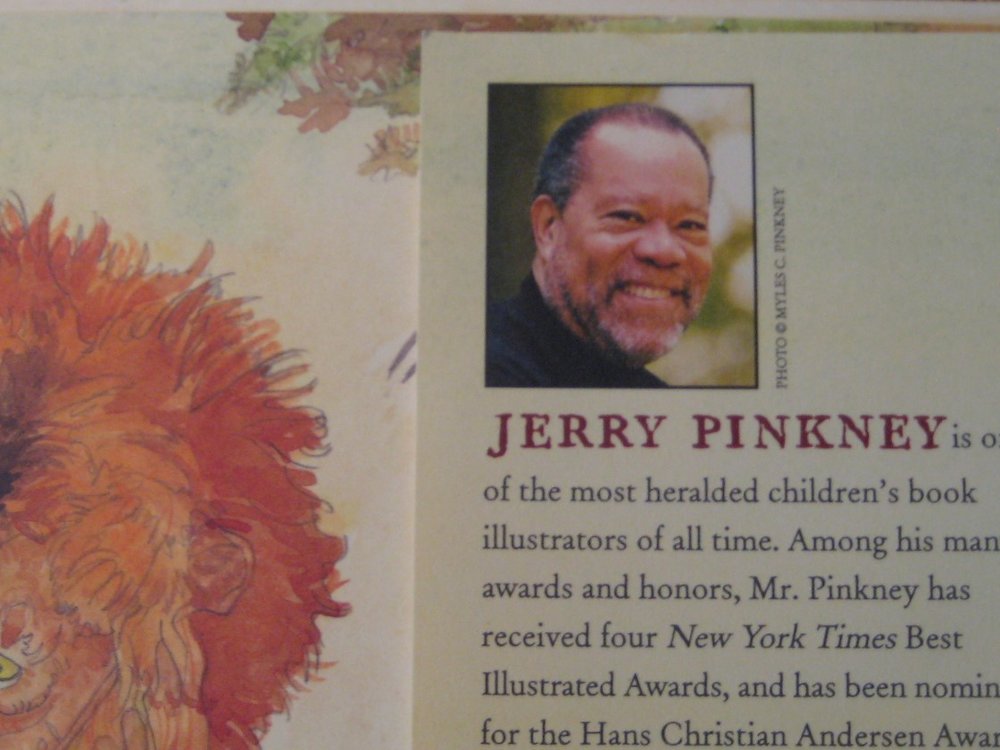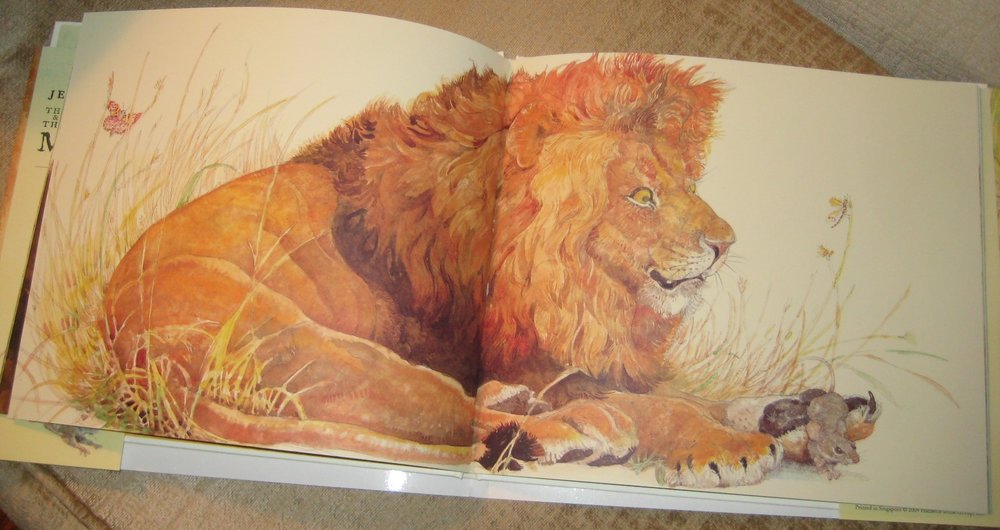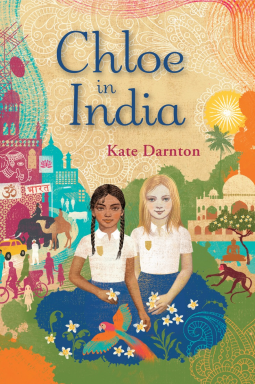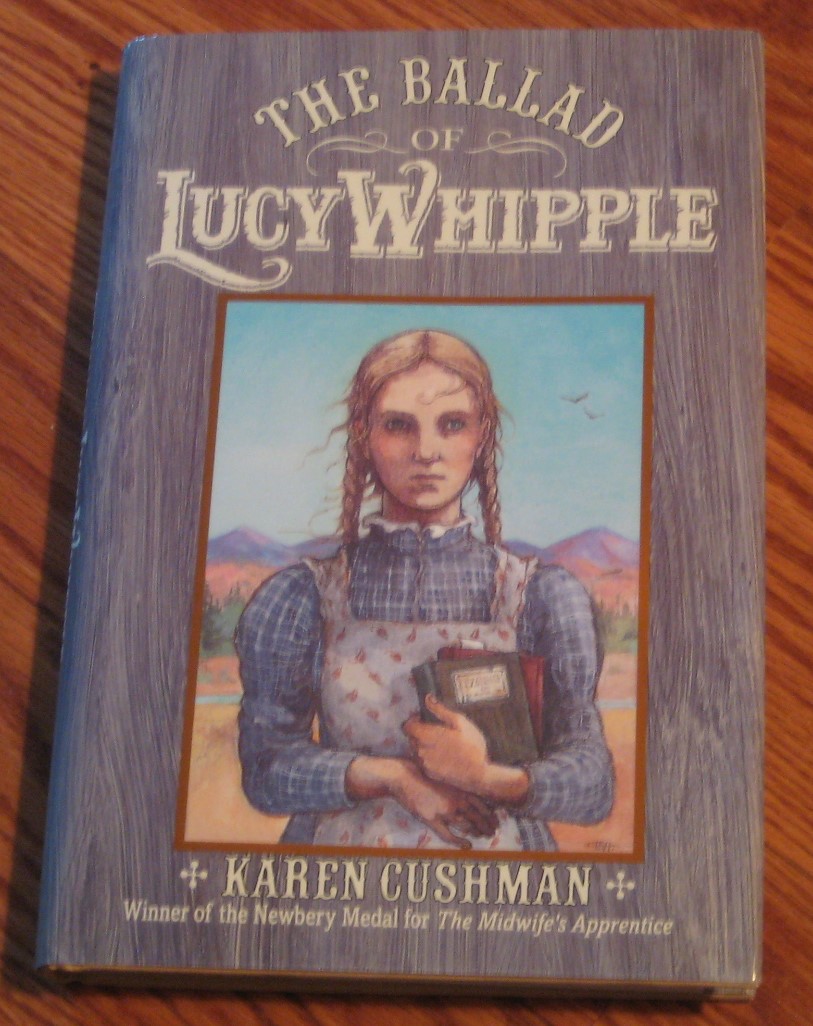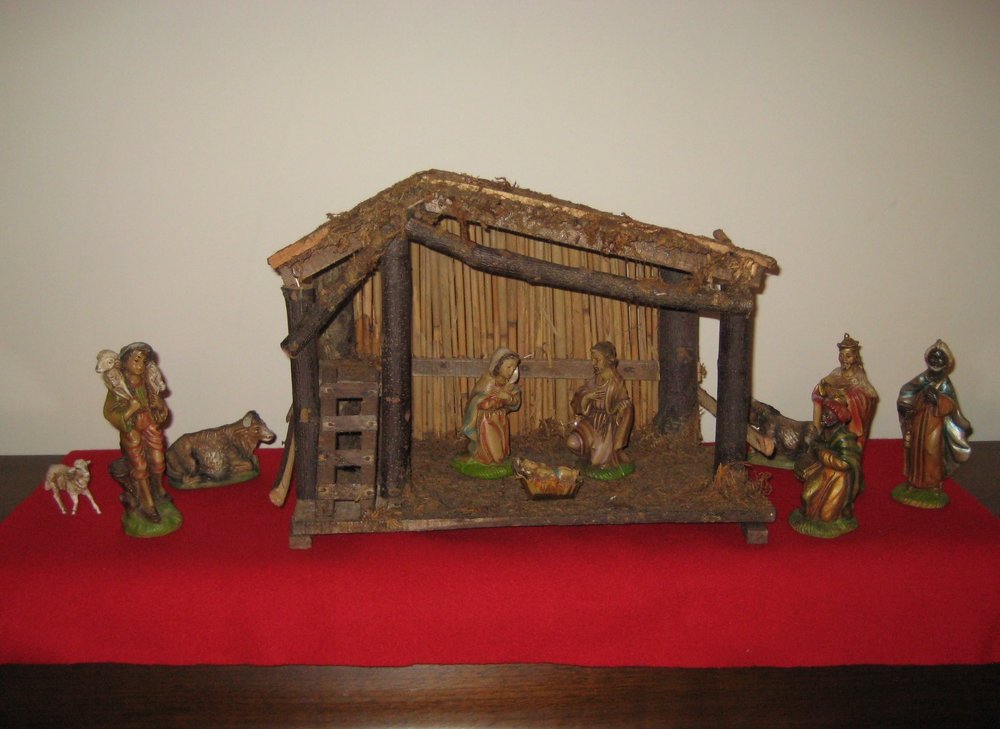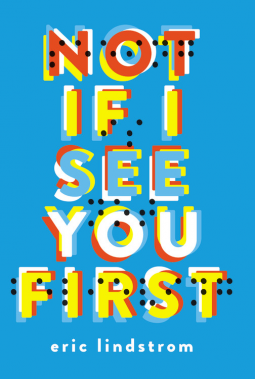 Perhaps a worse mistake than judging a book by its cover is judging a book by its title. The leader of our de Grummond Book Group suggested Egg and Spoon for this month’s read. Aware of how knowledgeable she is about children’s literature, I had the good sense to keep my first thought of “How boring can that be?” to myself.
Perhaps a worse mistake than judging a book by its cover is judging a book by its title. The leader of our de Grummond Book Group suggested Egg and Spoon for this month’s read. Aware of how knowledgeable she is about children’s literature, I had the good sense to keep my first thought of “How boring can that be?” to myself.
After my local library notified me that my requested copy was in, my attitude took a quick upward turn. The cover showed neither egg nor spoon, but an outline of tsarist Russia, forests and waving water, a firebird, nesting dolls, and a train that spouted information in its smoke that the book was written by Gregory Maguire, best-selling author of Wicked. Three interesting quotes were in the front matter, but the last really intrigued me.
Was there ever a time when all of us had enough to eat?
Well, honeybucket, that depends on what you mean by “us.”
I read only a few pages before I put the book aside. My second thought included the assurance that if I got any further, my obligations and to-do list would come up lacking. I could see Egg and Spoon leading me directly into that “just one more chapter” trap. I looked ahead for a window of time.
The book’s imprisoned narrator, in Jane Eyre fashion, introduces himself with intimations that he has a story of his own and hints that it will turn up in this one that he’s telling. Almost immediately, I saw a similarity in the main characters, Cat and Elena, to The Prince and the Pauper. As I began to notice references to other literary and musical standards, I wished I had started a list. It would have included the witch with her gingerbread house, “sunrise, sunset, unwise, upset,” Mary Poppinskaya, and many more. All this is done with the author’s tongue implanted in his cheek since many of them had not been written when the tsar was conscripting young men for his army. Engaged as I became in the story, I could have forgotten the poor narrator except that he popped in for comment and occasional reminders that he is coming nearer to entering the tale.
The story is part adventure, part fairy tale, part satire, and all fun. The cover wound up being a better indicator of the pleasure in the book than its title. In my third thought, I suggest that you treat yourself. Plan for a good read, but not on a day when you have obligations scheduled, and if you’re in the neighborhood, join us at USM’s Cook Library at 11:30 on the third Thursday of any month for a lively discussion.
In my final thought, it occurs to me that I never read the popular Wicked. Maybe the holidays will give me another window of time.
 Time for a little “rithmatic,” which I have promised not to do much of in my blog title. I do like to follow the tradition of my father-in-law’s country store and do inventory at the end of January. I don’t make resolutions for the new year, but I do reflect on the past year and make needed adjustments that I notice.
Time for a little “rithmatic,” which I have promised not to do much of in my blog title. I do like to follow the tradition of my father-in-law’s country store and do inventory at the end of January. I don’t make resolutions for the new year, but I do reflect on the past year and make needed adjustments that I notice. Time for a little “rithmatic,” which I have promised not to do much of in my blog title. I do like to follow the tradition of my father-in-law’s country store and do inventory at the end of January. I don’t make resolutions for the new year, but I do reflect on the past year and make needed adjustments that I notice.
Time for a little “rithmatic,” which I have promised not to do much of in my blog title. I do like to follow the tradition of my father-in-law’s country store and do inventory at the end of January. I don’t make resolutions for the new year, but I do reflect on the past year and make needed adjustments that I notice.








